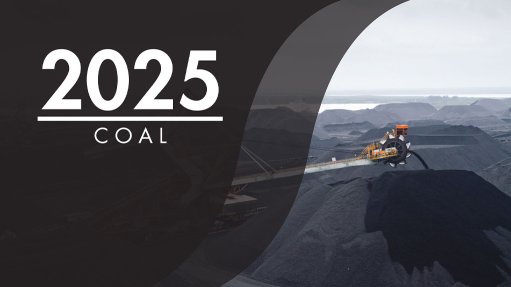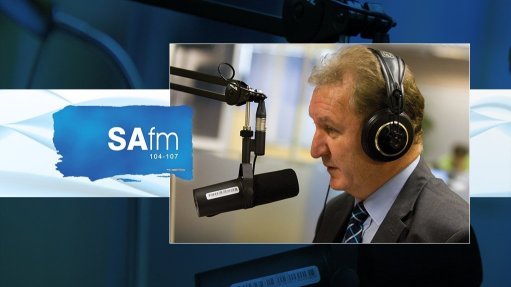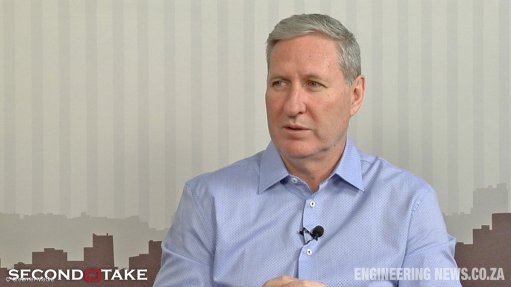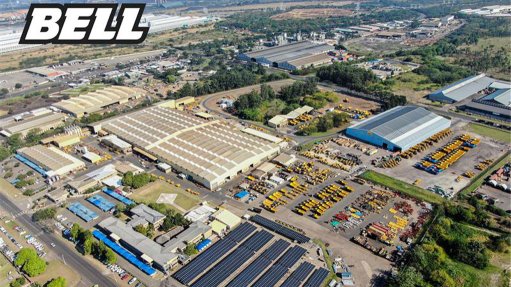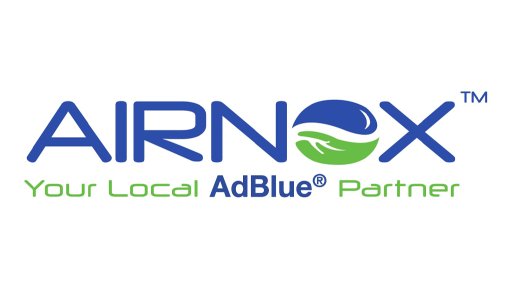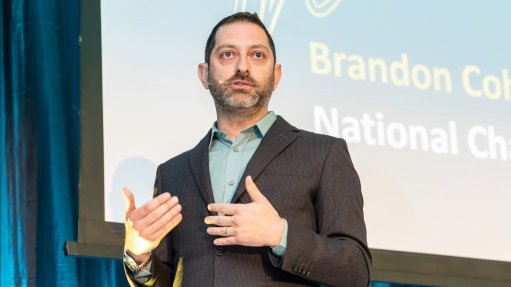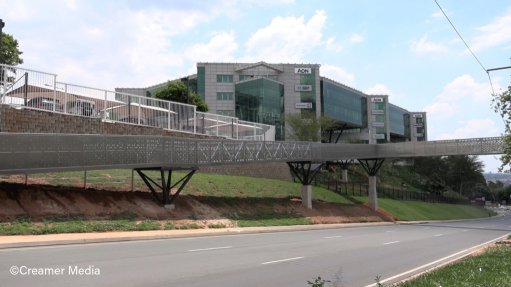Major prioritises tailings management, climate change adaptation

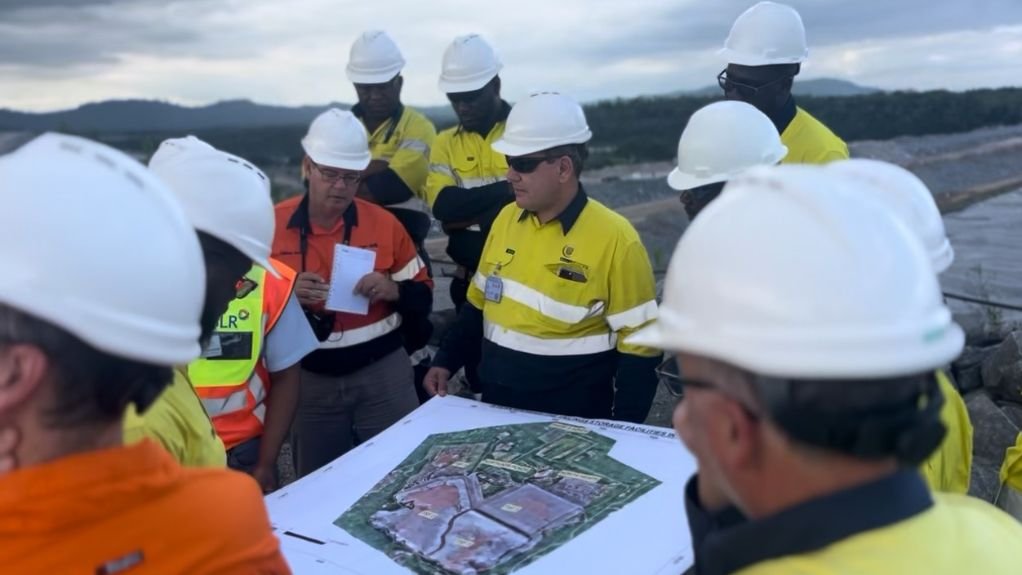
BROADER COMMITMENT Gold Fields is demonstrating its broader commitment to align with the Global Industry Standard on Tailings Management
South Africa-headquartered gold major Gold Fields is rolling out a new approach to tailings management across its African gold operations, combining climate resilience, technical innovation and global best practice to redefine environmental responsibility in the gold mining sector.
The Global Industry Standard on Tailings Management (GISTM) – a robust governance and management standard which Gold Fields is ambitiously integrating across all its assets by 2030 – sets a high bar for tailings management.
As part of the GISTM roll out, Gold Fields developed its own internal Tailings Management Standard, aligned to the GISTM requirements, local legislation and other industry best practise guidance, serving as a single source of truth.
This, says Gold Fields tailings, hydrology and closure VP Johan Boshoff, means that if a TSF meets Gold Fields’ new internal TSF Standard, it is also compliant with relevant engineering guidance, legal requirements and the GISTM. “One audit, multiple layers of assurance.”
As part of the TSF Standard, a multi-criteria analysis is required at the outset of any new tailings project. “These assessments – factoring in environmental, geotechnical, operational and community considerations – have already been completed across our global portfolio.”
In line with its 2023 targets, the company has chosen to conform to the requirements of the GISTM and also reduce its number of active upstream raised TSFs from five to three.
At Gold Fields’ Tarkwa operation in Ghana, the company is transitioning to downstream-raised designs, with TSF 2 successfully converted in 2024 to a downstream configuration, and work now underway on TSF 1, with completion expected by the end of this year.
Traditional upstream TSFs can be considered higher-risk in some geographical jurisdictions owing to their construction method and climatic conditions, he says, pointing out that by contrast, downstream or commingled designs offer enhanced stability, particularly in west Africa where there is higher rainfall, lower failure potential and greater alignment with long-term environmental and community goals.
Alignment with the GISTM, emphasises Boshoff, is not a simple checklist exercise: “it is a complex, multi-disciplinary framework that spans far beyond engineering”.
It sets a global baseline for how tailings facilities should be governed and managed, covering areas such as emergency response, community engagement, annual reporting, environmental management, closure planning and corporate governance.
Gold Fields is targeting 100% GISTM conformance across all of its global TSFs by 2030. It has already completed detailed assessments for its highest-risk sites, including Tarkwa, and expects to achieve about 90% conformance by August 2025, verified by independent third-party audits.
However, he says meaningful engagement with project affected people naturally takes time to engage and this is not something Gold Fields intends to rush.
To further support innovation and risk reduction, Gold Fields is a primary sponsor of a research project on liquefaction involving independent research and development organisation AMIRA in collaboration with a global research team led by the University of New South Wales, in Australia.
“Our South Deep operation in South Africa has been selected as a candidate site for advanced laboratory testing of tailings behaviour under different stress conditions,” he says.
Engineering for Climate Resilience
On a continent increasingly affected by climate volatility, Gold Fields is integrating future- focused design into every aspect of its TSF management strategy for operations in Africa.
Gold Fields’ TSFs are engineered to maintain sufficient freeboard and are equipped with stormwater pumping systems to manage extreme rainfall events; while during drought conditions, dust suppression measures and water reuse systems are implemented to maintain safe and efficient operations.
In addition, Gold Fields’ internal TSF Standard mandates baseline climate change and future climate projection assessments every three to five years, the outcomes of which are integrated into site-wide water balances and storm event design criteria to ensure TSFs can safely contain large storm inflows, highlights Boshoff.
To further strengthen resilience, he says all Gold Fields’ facilities are tested against extreme loading scenarios to validate their structural performance under severe climate conditions.
“We have also completed Phase 1 of a mine-wide flood hydrology review, aimed at identifying potential vulnerabilities and improvement opportunities.
“Phase 2 is now underway to address those gaps. This programme is being rolled out globally, using a standardised methodology across all regions where we operate,” notes Boshoff.
Transparency
Gold Fields, through its commitment to transparency and active engagement with communities, governments and regulators on tailings management and safety, recognises that each asset operates within a unique social and regulatory context, for which engagement strategies need to be tailored accordingly, says Boshoff.
“At our African operations . . . regular engagements are held with local communities, regulators and government officials. These sessions cover tailings safety, emergency preparedness and ongoing updates on facility performance.”
Community engagement, he notes, is frequent and two-way: “We actively consult with communities on tailings-related matters and ensure concerns are addressed through structured dialogue”.
Article Enquiry
Email Article
Save Article
Feedback
To advertise email advertising@creamermedia.co.za or click here
Comments
Press Office
Announcements
What's On
Subscribe to improve your user experience...
Option 1 (equivalent of R125 a month):
Receive a weekly copy of Creamer Media's Engineering News & Mining Weekly magazine
(print copy for those in South Africa and e-magazine for those outside of South Africa)
Receive daily email newsletters
Access to full search results
Access archive of magazine back copies
Access to Projects in Progress
Access to ONE Research Report of your choice in PDF format
Option 2 (equivalent of R375 a month):
All benefits from Option 1
PLUS
Access to Creamer Media's Research Channel Africa for ALL Research Reports, in PDF format, on various industrial and mining sectors
including Electricity; Water; Energy Transition; Hydrogen; Roads, Rail and Ports; Coal; Gold; Platinum; Battery Metals; etc.
Already a subscriber?
Forgotten your password?
Receive weekly copy of Creamer Media's Engineering News & Mining Weekly magazine (print copy for those in South Africa and e-magazine for those outside of South Africa)
➕
Recieve daily email newsletters
➕
Access to full search results
➕
Access archive of magazine back copies
➕
Access to Projects in Progress
➕
Access to ONE Research Report of your choice in PDF format
RESEARCH CHANNEL AFRICA
R4500 (equivalent of R375 a month)
SUBSCRIBEAll benefits from Option 1
➕
Access to Creamer Media's Research Channel Africa for ALL Research Reports on various industrial and mining sectors, in PDF format, including on:
Electricity
➕
Water
➕
Energy Transition
➕
Hydrogen
➕
Roads, Rail and Ports
➕
Coal
➕
Gold
➕
Platinum
➕
Battery Metals
➕
etc.
Receive all benefits from Option 1 or Option 2 delivered to numerous people at your company
➕
Multiple User names and Passwords for simultaneous log-ins
➕
Intranet integration access to all in your organisation





